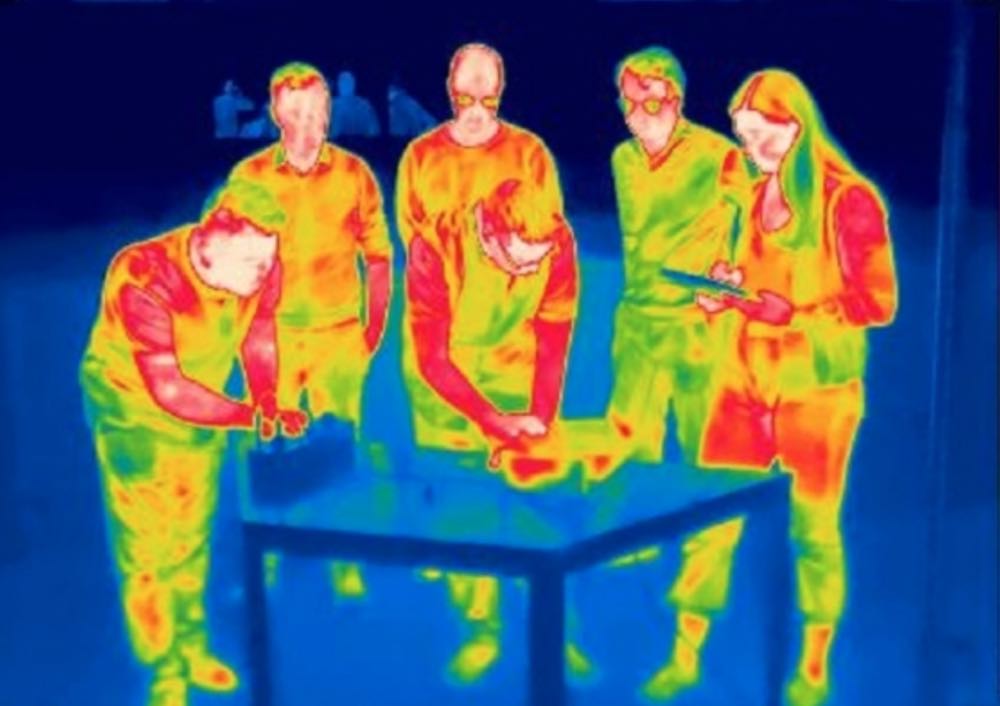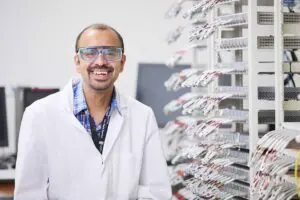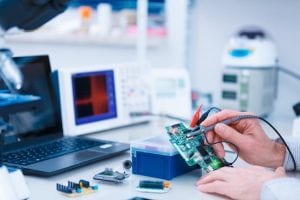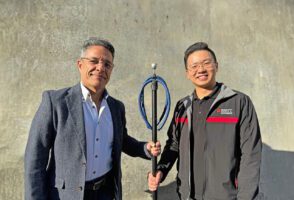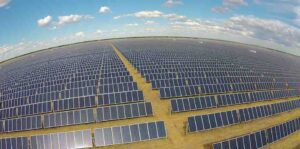Researchers from the University of New South Wales hav revealed a major breakthrough in renewable energy technology by using Earth’s radiant infrared heat to generate electricity in the dark.
A team from the UNSW School of Photovoltaic and Renewable Energy Engineering published the results of their research into radiant infrared heat, describing a major breakthrough in producing electricity from so-called “night-time solar power” – heat radiated as infrared light.
The researchers used a semiconductor device known as a thermoradiative diode – which is composed of materials found in night-vision goggles – to generate power from the emission of infrared light.
And though the amount of power generated at this early stage of the research is very small – around 100,000 times less than that supplied by a solar panel – the UNSW researchers nevertheless believe that their results can be improved.
The research, published this week in the journal ACS Photonics, serves as a vital confirmation of what had previously been a theoretical process. And it is the first step towards developing specialised and more efficient devices that the UNSW researchers believe could one day capture infrared energy at a much larger scale.
“We have made an unambiguous demonstration of electrical power from a thermoradiative diode,” said Ned Ekins-Daukes, associate professor and team lead.
“Using thermal imaging cameras you can see how much radiation there is at night, but just in the infrared rather than the visible wavelengths. What we have done is make a device that can generate electrical power from the emission of infrared thermal radiation.”
As Professor Ekins-Daukes explains, the “night-time solar power” process remains the same as the harnessing of traditional solar power – which hits the planet during the day in the form of sunlight and warms up the planet.
At night, however, this same energy is radiated back into space in the form of infrared light. This allows the thermoradiative diode to continue harvesting solar power even at night.
“Whenever there is a flow of energy, we can convert it between different forms,” said Ekins-Daukes.
“Photovoltaics, the direct conversion of sunlight into electricity, is an artificial process that humans have developed in order to convert the solar energy into power,” added Dr Phoebe Pearce, one of the paper’s co-authors.
“In that sense the thermoradiative process is similar; we are diverting energy flowing in the infrared from a warm Earth into the cold universe.”
“In the same way that a solar cell can generate electricity by absorbing sunlight emitted from a very hot sun, the thermoradiative diode generates electricity by emitting infrared light into a colder environment. In both cases the temperature difference is what lets us generate electricity.”
There is also the possibility that harvesting infrared energy in this manner could have alternative applications beyond large-scale energy generation. One such example is using the technology to generate power using body heat, which could in turn be used to power bionic devices such as artificial hearts.
“In principle it is possible for us to generate power in the way we have demonstrated just from body heat – which you can see glowing if you look through a thermal camera,” said Ekins-Daukes.
“Down the line, this technology could potentially harvest that energy and remove the need for batteries in certain devices – or help to recharge them. That isn’t something where conventional solar power would necessarily be a viable option.”
“Even if the commercialisation of these technologies is still a way down the road, being at the very beginning of an evolving idea is such an exciting place to be as a researcher,” said Dr Michael Nielsen, another co-author of the paper.
“By leveraging our knowledge of how to design and optimise solar cells and borrowing materials from the existing mid-infrared photodetector community, we hope for rapid progress towards delivering the dream of solar power at night.”

